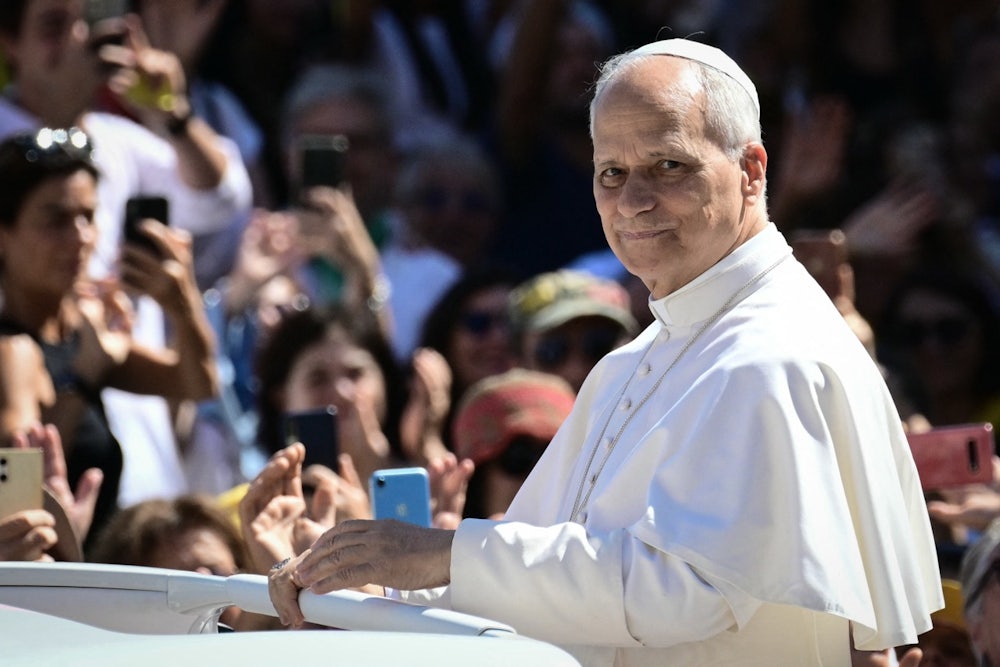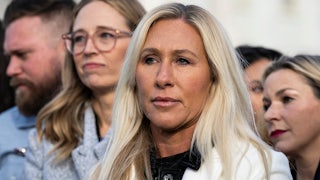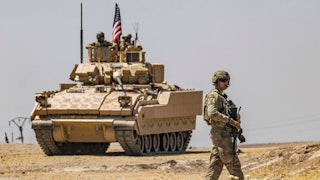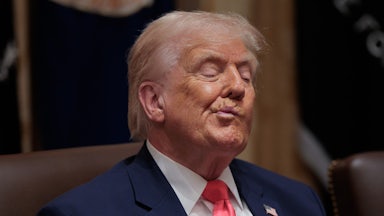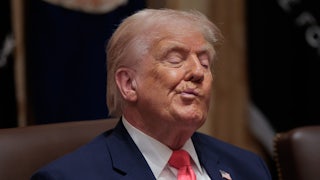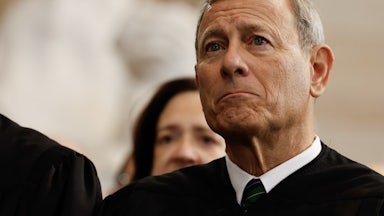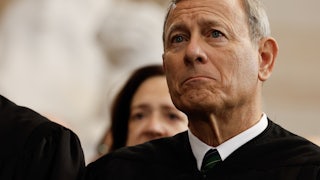Pope Leo XIV last week released his first apostolic exhortation, Dilexi Te, and the message from the first American-born pontiff seems certain to rile conservatives in the United States. The first section, titled “A Few Essential Words,” declares, “Love for the Lord, then, is one with love for the poor … contact with those who are lowly and powerless is a fundamental way of encountering the Lord of history. In the poor, he continues to speak to us.” The teaching document also shames those who would blame the poor for their situations, saying those who do so reveal “their own blindness and cruelty.” Finally, in its closing sections, the document looks beyond economic poverty, stating, “By her very nature the Church is in solidarity with the poor, the excluded, the marginalized and all those considered the outcast of society.”
It is inarguable that in these theological and ethical arguments, Pope Leo, who was naturalized as Peruvian citizen in 2015, owes more to his Latin American ties than anything else. For Dilexi Te (“I have loved you”) marks the triumph of Liberation Theology, once derided and maligned by the Western Catholic establishment, as now a central part of papal teaching. The exhortation should also serve as a warning to politically conservative American Catholics, including Vice President JD Vance, about how far out of step they are with the global mood and direction of their church. In this sense, Dilexi Te is the most official reminder yet of the growing divide within American Catholicism, a divide intensified by the moral and political pressures of President Trump’s America. This outcome of this struggle has implications not only for the Catholic faithful but American democracy itself.
Both Liberation Theology and American Catholicism’s central role in American political life date to the turmoil of the mid-twentieth century. The Catholic Church was in the midst of the progressive reforms of the Second Vatican Council, and the United States was embroiled in the Civil Rights Movement and the massive social changes of the 1960s. South of the Rio Grande river, economic inequality (some of the worst in the world) and political strife deeply influenced the reaction to Vatican II in the overwhelmingly Catholic region. And many came to see the potential of the Catholic Church to improve the social and economic conditions of the most vulnerable. Through a series of conferences and books out of various Latin American countries throughout the 1970s, including Father Gustavo Gutiérrez’s A Theology of Liberation (1971), Liberation Theology began to take shape, at its core the belief that there was a “preferential option for the poor.”
Liberation Theology spread quickly, but it was not without its opponents. In 1983, Cardinal Joseph Ratzinger, as the head of the Congregation for the Doctrine of the Faith (the Vatican office in charge of Church discipline), wrote a scathing critique that chastised Liberation Theology for its methods and denounced its Marxist influences. Ratzinger, who would later become Pope Benedict XVI, was in many ways the leader of the conservative backlash to Vatican II—and of a nascent traditionalist movement that was growing increasingly popular, particularly in the U.S.
Vatican-approved reforms were not the only changes American Catholics were experiencing. For generations, anti-Catholic sentiment had been a predominant and consistent part of American culture, keeping Catholics out of America’s social and political mainstream. During John F. Kennedy’s successful 1960 campaign to become the first Catholic president, evangelical preacher Billy Graham declared that should he be elected, Kennedy would be taking orders from the pope rather than the public. In the end, though, it was not Christian love but political pragmatism that began to soften if not entirely erode this old prejudice against Catholics.
With the end of legal segregation, white evangelical Protestants reentered political life on the side of the segregationists—and they needed allies. The Supreme Court’s 1973 Roe v. Wade decision, which (temporarily, as it turned out) established abortion as a constitutional right, provided one. Although opposition to abortion had long been considered a “Catholic issue,” evangelicals seized on it as a moral rallying point, transforming it into the defining cause of a new political coalition. Out of that moment emerged the modern Religious Right, at its core an alliance between white evangelicals and conservative white Catholics united by a shared hostility to social liberalism and by a desire to preserve a moral order they felt slipping away.
Fueled by this new alliance and the elections of two conservative popes—John Paul II in 1978 and Benedict XVI in 2005—conservatives came to dominate both the public image and institutional structures of American Catholicism. They often, and quite cynically, used a play out of the evangelical handbook and used opposition to abortion as their trump card, a cudgel to pressure fellow Catholics into political conformity, regardless of anyone’s personal views on the issue. In this way, prominent American Catholics adopted increasingly hardline positions on a host of social issues, which in turn has attracted reactionary young men to the church.
Nonetheless, the Catholic Church in America remained quite divided politically, and its demographics were changing. American Catholicism is increasingly ethnically diverse, and increasingly populated by immigrants and their children (which ironically is more how the Catholic Church in America looked at the turn of the nineteenth century). Moreover, white conservative Catholics like those in the U.S. are increasingly a minority in terms of the global Church. This is especially evident when we consider the particular nature of their conservatism, which mirrors the politics and rhetoric of American evangelicals. While it is true Catholics in Africa and to a lesser extent Asia might overall share conservative American Catholics views on issues of gender and sexuality, they break with them on questions like foreign aid, the treatment of refugees and migrants, and climate justice.
These divides, both at home and abroad, became increasingly visible during the pontificate of the progressive Argentine Pope Francis. Yet under Pope Leo XIV, the first American-born pope, the division has become impossible to ignore. The anti-immigrant terror unleashed by the Trump administration on America’s streets has clearly and disproportionately targeted Catholics, because it has disproportionately targeted Latinos. Both the pope and many American bishops and priests have spoken out strongly in defense of these communities. Leo has even insisted that support for immigrants is an essential part of a truly pro-life ethic. “Someone who says I’m against abortion but is in favor of the death penalty is not really pro-life,” he said earlier this month. “And someone who says I’m against abortion but I’m in agreement with the inhuman treatment of immigrants in the United States, I don’t know if that’s pro-life.”
Now, with Dilexi Te, Leo is making clear that the moral center of contemporary global Catholicism is Latin America, where the theology of the poor and marginalized first formed half a century ago. To reject it is to reject official papal teaching. This puts conservative American Catholics, who for that same half-century have been more influenced by American evangelicals than any global Catholic force, in what might be delicately called an awkward position. Long accustomed to seeing their church as a pillar of national conservatism and now American nationalism, these Catholics now face a reckoning. Dilexi Te is not only a call to compassion but a reminder to them that the future of their faith—and perhaps of their nation—demands a new humility from them.
